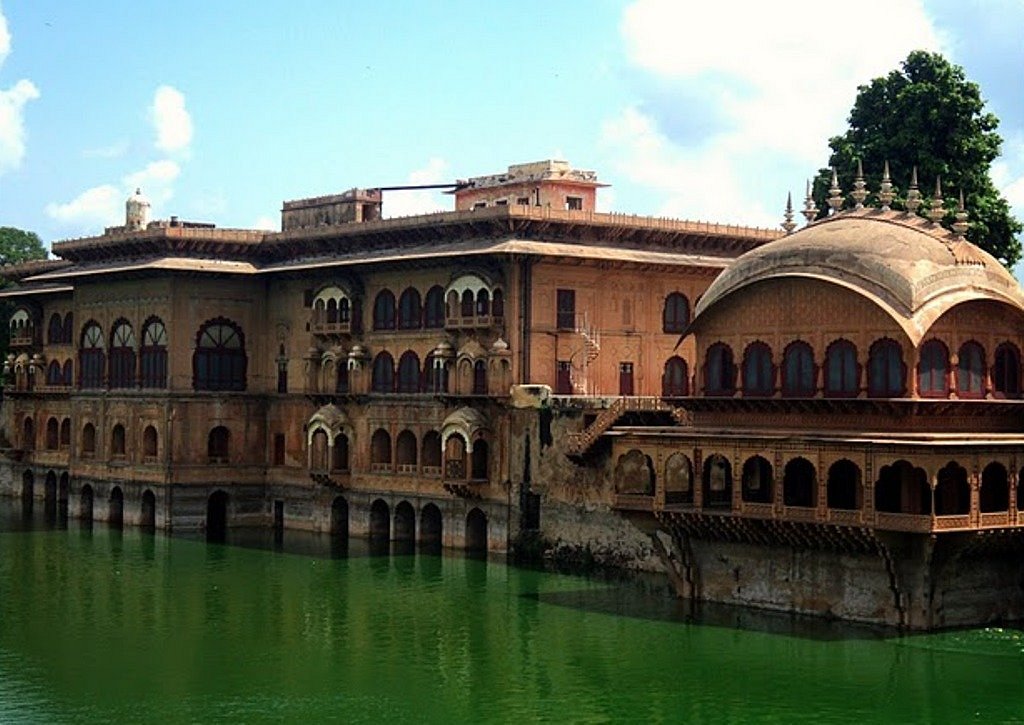
- Jan 25 2016
- Admin
- 12
- 3332
- Travel
Deeg Palace
A huge arch-shaped doorway marks the entrance of the Deeg Palace. The gateway is enormous in height exhibiting Rajasthani architecture. The walls of the door are engraved with detailed floral designs. The first floor has alcoves that make the frame for numerous windows while the second floor has small corridors with pillars.
There are many edifices on the premises of the Deeg Palace which are decorated with gardens, trees and red sandstone pavements. The notable mansions called Bhawans include Keshav Bhawan, Suraj Bhawan, Nand Bhawan, Gopal Bhawan, and Kishan Bhawan. The palace houses numerous fountains.
The architecture of the Deeg Palace is immensely influenced by the magnificence of Mughal culture. The edifices also feature arcade columns, brackets and alcoves carved with authentic Rajasthani-Rajput designs, Rajasthani Jali designs, latticework, and the floors are furnished with marble stones.
The quadrangle garden is divided by red sandstone pavements thus the layout of the garden mirrors the Mughal Charbagh. The garden is ornate with flowerbeds, shrubs, trees and fountains. There are two huge water tanks inside the premises, the Gopal Sagar and the Rup Sagar. The layout of the garden and the water tanks cool down the atmosphere of the Deeg Palace during the summer.
The marble swing, overlooking the garden, belonged to the Nurjahan which was brought into the Deeg Palace as a war trophy from the Mughal Court.
Keshav Bhawan, the monsoon pavilion, is settled near the Rup Sagar. It is a single-storeyed baradari, a pillared hall. The walls of the water reserves are pierced with hundreds of minute water jets and the fountains are run by traditional methods without using any modern technology. Bullocks and large leather buckets were used to draw water from the reserves through a pulley system.
The Deeg Palace is a captivating conglomeration of Mughal architecture with Rajasthani craftsmanship.

